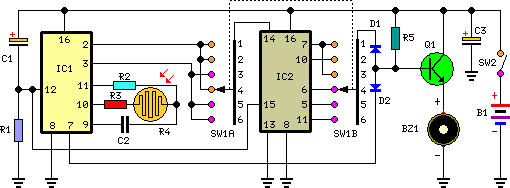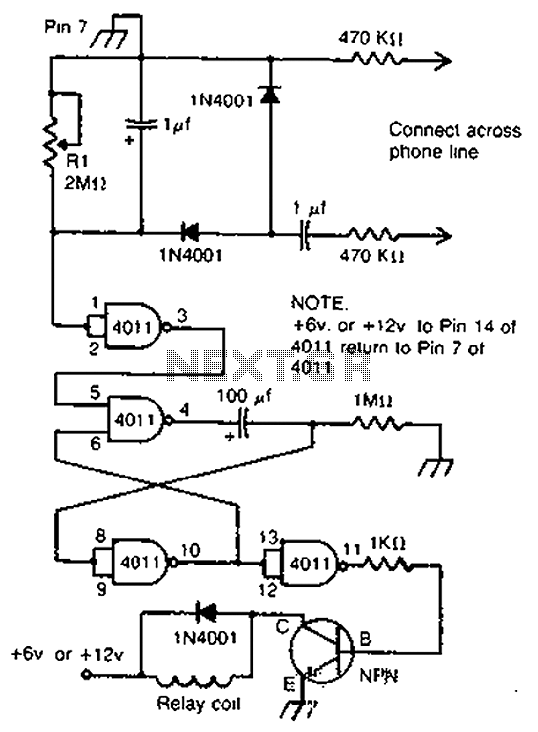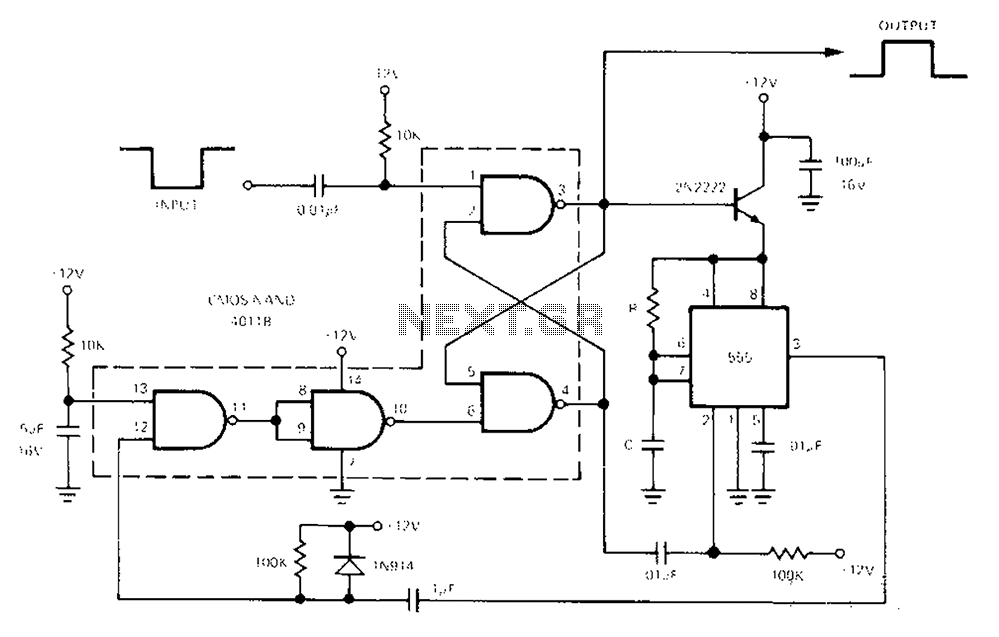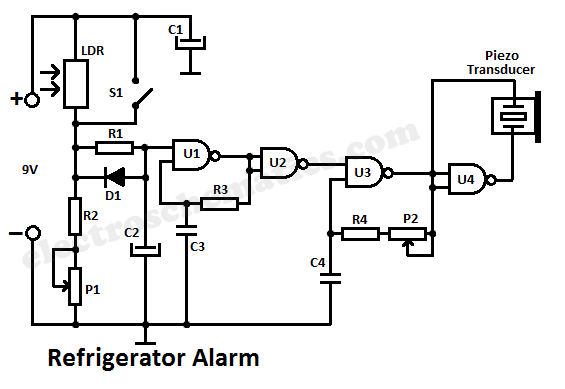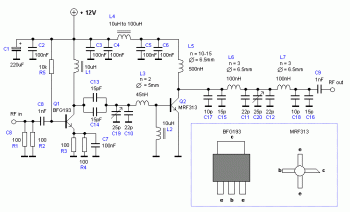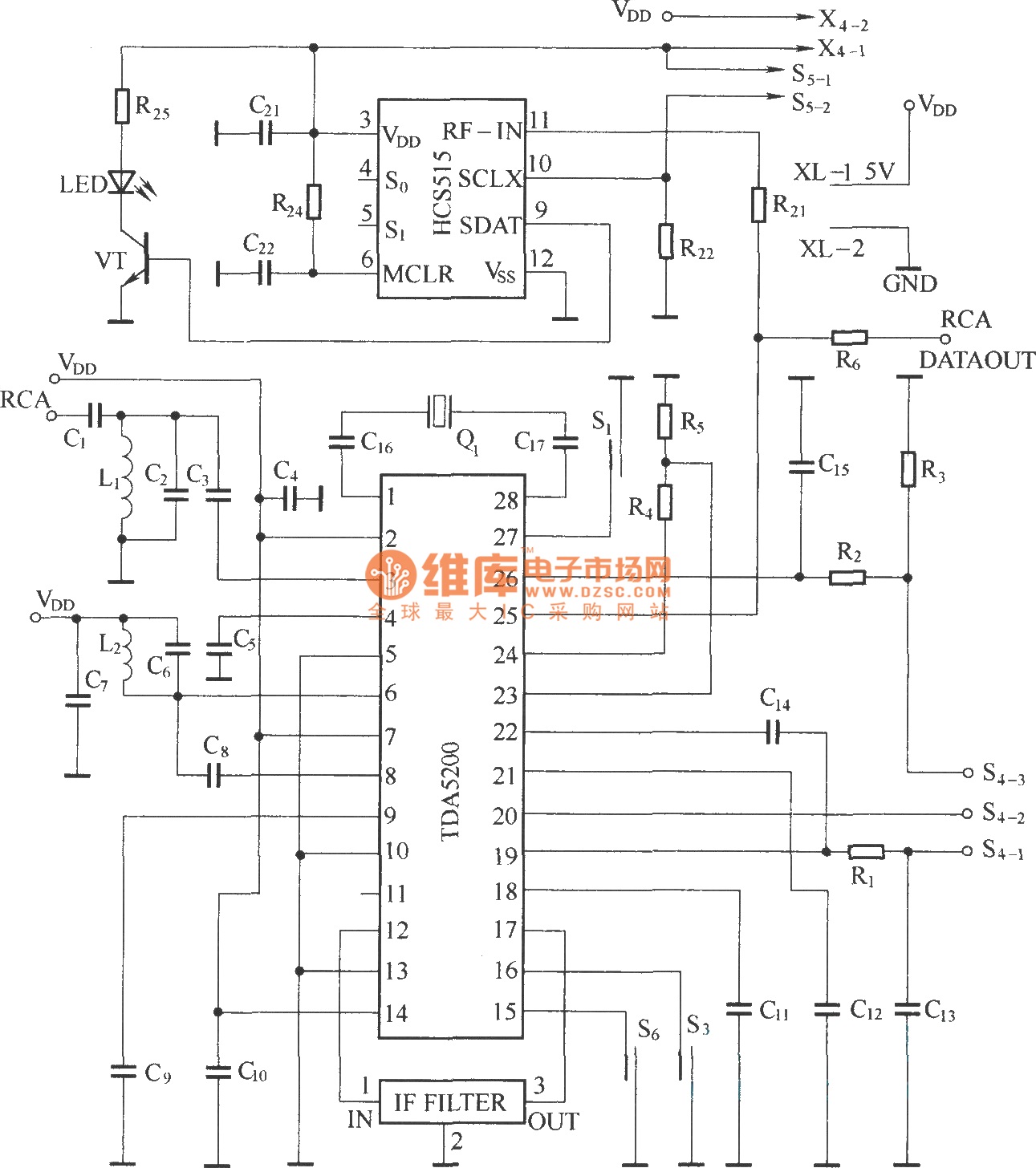
Variable Dc Power Supply circuit
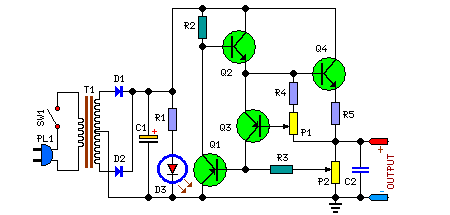
This circuit is not entirely new, but it is straightforward, dependable, robust, and short-proof. It offers variable voltage up to 24V and adjustable current limiting up to 2A. Customization to meet specific requirements is possible, as detailed in the notes below.
The circuit described is a versatile power supply capable of delivering adjustable voltage and current, making it suitable for various applications in electronics. The design typically incorporates a voltage regulator, such as a linear or switching regulator, which allows for the output voltage to be varied from 0 to 24V. The inclusion of a current limiting feature ensures that the output current can be restricted to a maximum of 2A, protecting both the circuit and connected components from overcurrent conditions.
Key components of the circuit may include a variable resistor or potentiometer for voltage adjustment, which enables the user to set the desired output voltage. A current sensing resistor is often used in conjunction with an operational amplifier to monitor the output current. If the current exceeds the predefined limit, feedback is provided to reduce the output voltage, thereby limiting the current to a safe level.
The circuit's ruggedness is typically achieved through careful selection of components that can withstand thermal and electrical stress. Heat sinks may be employed to dissipate heat generated by the voltage regulator, ensuring stable operation over prolonged use. Additionally, protective features such as fuses or circuit breakers can be integrated to safeguard against short circuits and other fault conditions.
Customization options may include adjustable capacitors for filtering, which can improve the stability of the output voltage, and additional filtering stages to minimize ripple voltage. The notes accompanying the circuit provide guidance on how to modify these parameters based on specific application needs, allowing for flexibility in design.
Overall, this circuit serves as a reliable and adaptable power supply solution, suitable for both experimental setups and practical applications in electronic projects.This circuit is not an absolute novelty, but it is simple, reliable, "rugged" and short-proof, featuring variable voltage up to 24V and variable current limiting up to 2A. You can adapt it to your own requirements as explained in the notes below.. 🔗 External reference
The circuit described is a versatile power supply capable of delivering adjustable voltage and current, making it suitable for various applications in electronics. The design typically incorporates a voltage regulator, such as a linear or switching regulator, which allows for the output voltage to be varied from 0 to 24V. The inclusion of a current limiting feature ensures that the output current can be restricted to a maximum of 2A, protecting both the circuit and connected components from overcurrent conditions.
Key components of the circuit may include a variable resistor or potentiometer for voltage adjustment, which enables the user to set the desired output voltage. A current sensing resistor is often used in conjunction with an operational amplifier to monitor the output current. If the current exceeds the predefined limit, feedback is provided to reduce the output voltage, thereby limiting the current to a safe level.
The circuit's ruggedness is typically achieved through careful selection of components that can withstand thermal and electrical stress. Heat sinks may be employed to dissipate heat generated by the voltage regulator, ensuring stable operation over prolonged use. Additionally, protective features such as fuses or circuit breakers can be integrated to safeguard against short circuits and other fault conditions.
Customization options may include adjustable capacitors for filtering, which can improve the stability of the output voltage, and additional filtering stages to minimize ripple voltage. The notes accompanying the circuit provide guidance on how to modify these parameters based on specific application needs, allowing for flexibility in design.
Overall, this circuit serves as a reliable and adaptable power supply solution, suitable for both experimental setups and practical applications in electronic projects.This circuit is not an absolute novelty, but it is simple, reliable, "rugged" and short-proof, featuring variable voltage up to 24V and variable current limiting up to 2A. You can adapt it to your own requirements as explained in the notes below.. 🔗 External reference
